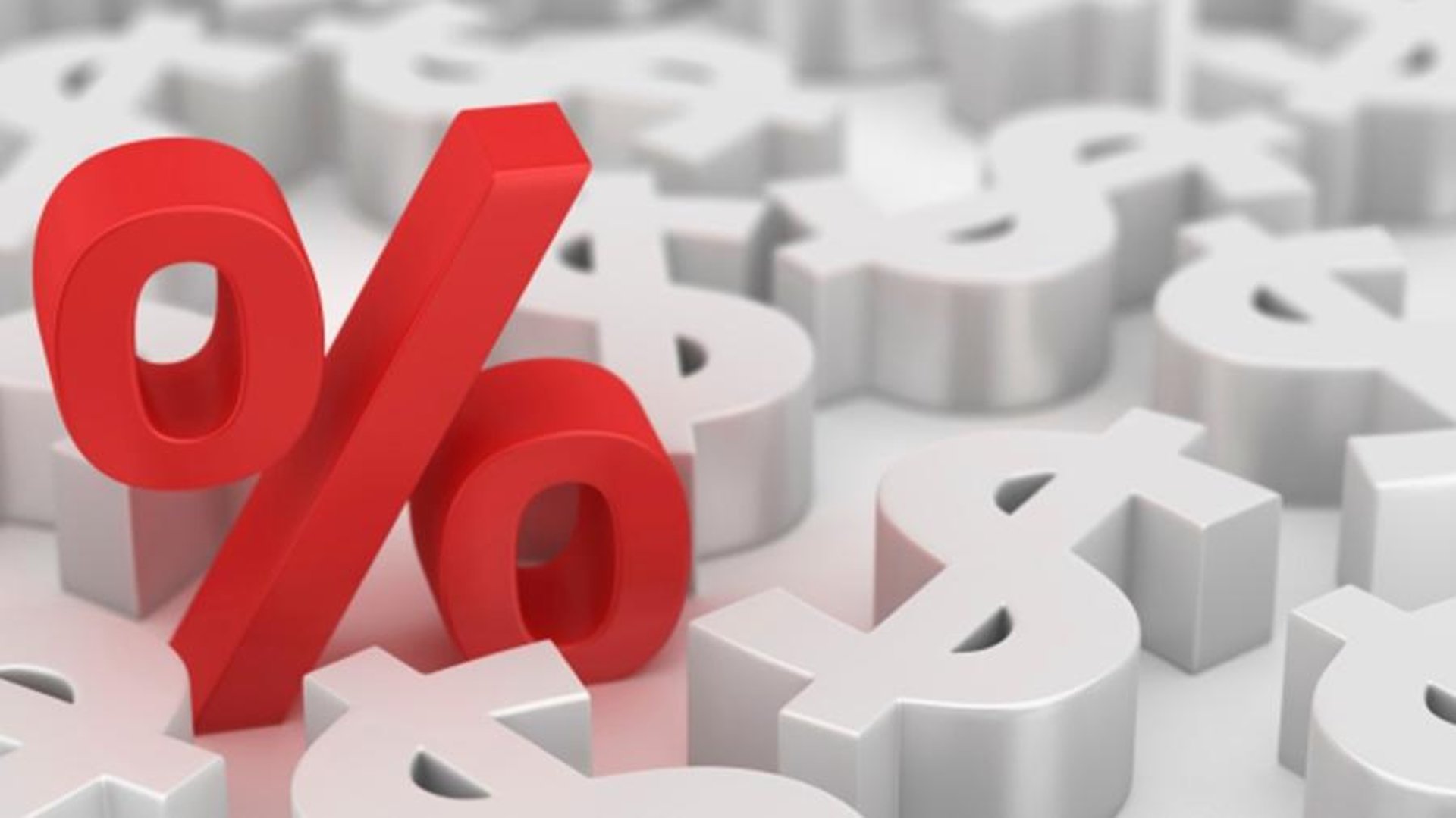
Why High Interest Rates Are Bad for the Economy but Good for Investors
Omar Martir
2 min read
📌 Introduction
Interest rates play a key role in a country's economy, directly affecting consumers, businesses, and investors. A high interest rate policy is often a controversial subject, sparking debates about its long-term consequences.
While it may seem beneficial for investors—offering higher returns on fixed-income assets—the reality is that elevated rates can also harm economic growth, reduce consumption, and limit business investment.
In this article, we’ll explore why high interest rates are harmful to the broader economy but still attractive from an investor's perspective.
💰 What Are Interest Rates?
Interest rates represent the cost of borrowing money. When banks or financial institutions lend money, they charge a percentage as interest. This rate is influenced by several factors such as credit supply and demand, central bank monetary policy, and inflation.
A rise in interest rates affects consumer behavior, corporate investment, and overall economic growth.
📉 Negative Economic Impacts of High Interest Rates
1. Reduced Consumer Spending
When interest rates are high, borrowing becomes more expensive. As a result, families tend to postpone purchasing durable goods like cars and home appliances. With lower consumption, the demand for products and services falls—leading to lower production and employment, and ultimately, economic slowdown.
2. Reduced Business Investment
Businesses rely on financing to grow. High interest rates discourage new investments due to the increased cost of borrowing. This leads to less spending on infrastructure, technology, and hiring, reducing the country's productivity and long-term growth potential.
3. Higher Default Rates
As credit becomes more expensive, individuals and companies already in debt may struggle to meet their financial obligations. This increases default risk, which not only affects borrowers but also impacts financial institutions that depend on repayments.
4. Stronger Currency and Declining Exports
High interest rates often lead to a stronger local currency by attracting foreign capital. However, a stronger currency makes exports more expensive and less competitive on the global market. This can lead to a trade deficit, hurting the country’s external balance.
📈 Why High Interest Rates Can Benefit Investors
1. Better Returns on Fixed-Income Investments
For fixed-income investors, higher interest rates mean higher yields. Public and private bonds, such as government securities, bank CDs, and corporate debentures, offer better returns in a high-rate environment—especially appealing during stock market volatility.
2. Real Estate Investment Opportunities
High rates often cause investors to rethink their strategies. Real Estate Investment Trusts (REITs) or their Brazilian equivalent, FIIs, may become more attractive. These funds often offer stable rental income and can outperform more volatile equity markets.
3. Greater Need for Diversification
When interest rates rise, stock markets can become unstable. This pushes investors to diversify their portfolios, exploring sectors like commodities, real estate, and international assets to reduce risk and take advantage of global opportunities.
⚖️ The Central Bank Dilemma: Balancing Growth and Inflation
The connection between monetary policy and economic performance is complex. Central banks raise interest rates to fight inflation, but if rates remain high for too long, it can undermine growth and create a vicious cycle—stagnant growth, higher debt costs, and less fiscal space.
Governments also face rising debt payments as borrowing becomes more expensive.
🧠 Final Thoughts
High interest rates present a dual challenge: they offer benefits to investors but pose significant risks to the broader economy. For families and businesses, the high cost of borrowing discourages both consumption and investment.
That’s why it’s crucial for policy makers to carefully weigh the long-term effects of maintaining elevated interest rates. For investors, understanding this dynamic helps in navigating uncertain economic conditions and making better-informed financial decisions.



